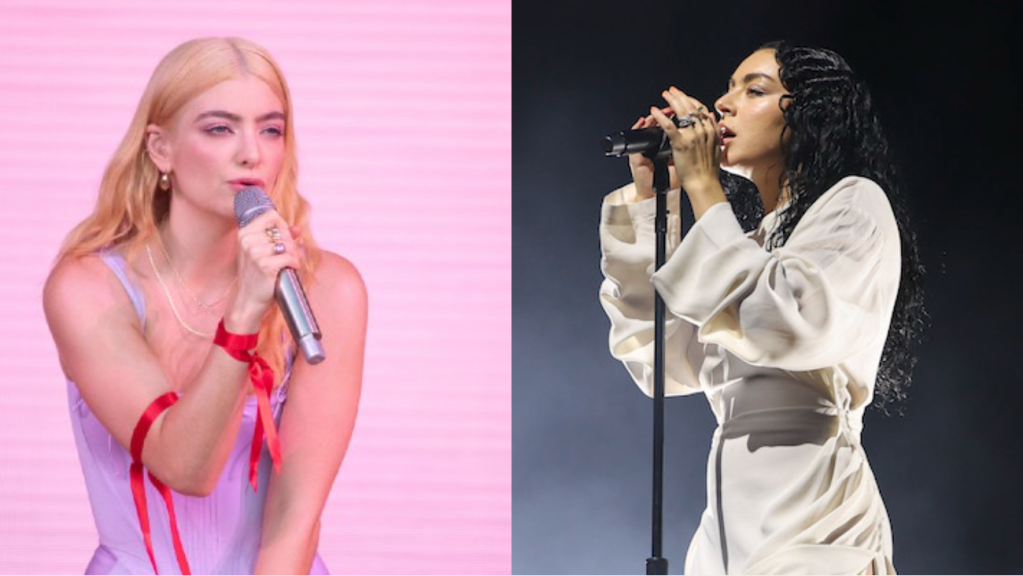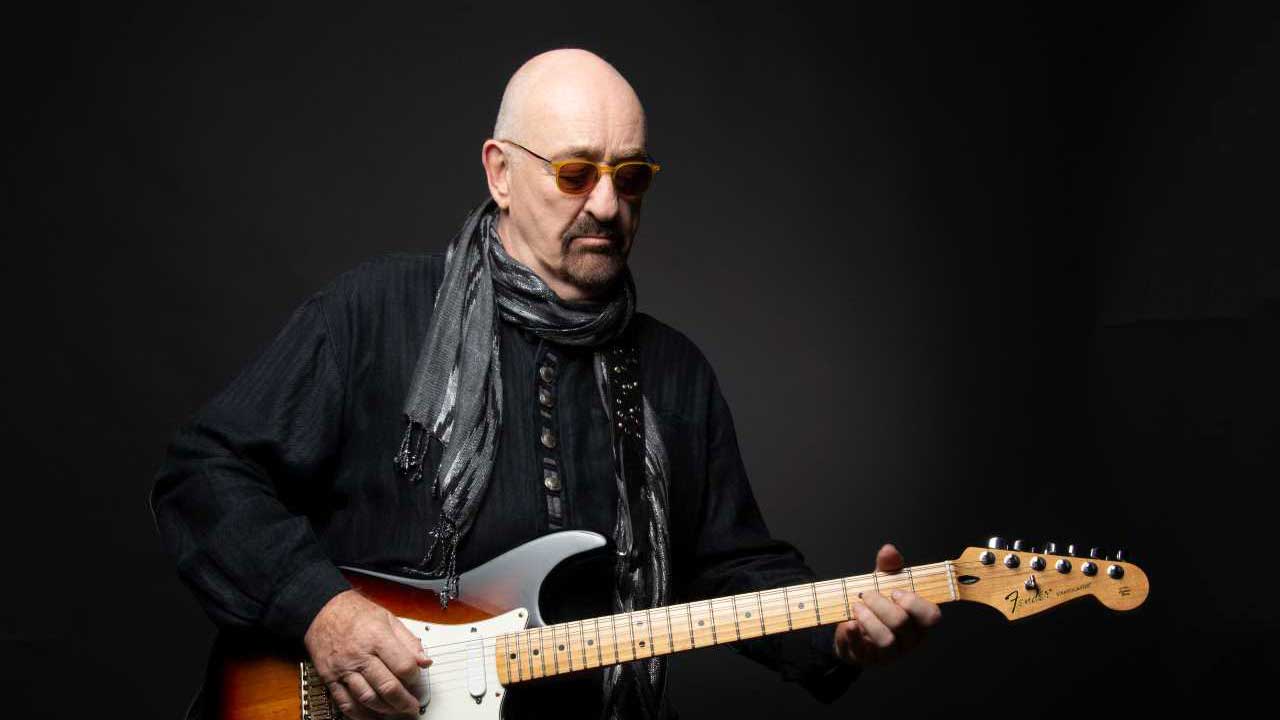"Yoshitomo Nara," an exhibition of 30 paintings and sculptures by the Japanese art star, has opened at Seoul Auction's Gangnam Center in southern Seoul as part of its ambitiously scaled "2024 Connect Seoul" initiative. Courtesy of Seoul Auction By Park Han-sol In Korea, September brings more than just fall foliage as a deluge of art exhibitions and sales sweeps across the country to coincide with the return of two mega-fairs: Frieze and Kiaf Seoul. Seoul Auction, Korea’s oldest auction house, is among the big-shot local players jostling for the attention of incoming collectors during the frenzied Seoul Art Week.
Its eight-story Gangnam Center is already abuzz with an array of genre-spanning exhibitions, ranging from a contemporary art showcase to a display of centuries-old European antique jewelry. Unfolding as part of the company’s “Connect Seoul” initiative, which began last year, are a handful of simultaneous presentations — “Yoshitomo Nara,” an exhibition of 30 paintings and sculptures by the Japanese art star; “Mindfulness,” a rendezvous between painter Lee Ufan and ceramist Park Young-sook; and “Contemporary Art Sale,” a preview of its Sept. 10 marquee auction.

Hong Chang-hee, auctioneer and sales director of Seoul Auction’s partner team / Courtesy of Seoul Auction The auction house is also collaborating with Hong Kong’s K11 Art Foundation and Paris-based antique dealer Les Enluminures to host the “Lunar Water” media art show and the “European Heritage” jewelry exhibition, respectively. Taking the helm of this ambitiously scaled program is Hong Chang-hee, sales director of Seoul Auction’s partner team. He explained that one of the primary goals of “Connect Seoul” is to demonstrate the discerning taste and caliber of Korean collectors to the international arts community during the country’s busiest cultural week.
“We’re not a museum or gallery, so we don’t directly receive works from artists or exhibit our own collection,” he told The Korea Times in an interview Friday. “Instead, when organizing blockbuster shows like these, we reach out to collectors with whom we have long-standing relationships to feature pieces from their trove.” Among the gems amassed by Korean connoisseurs on view are the 1.
2-meter-long painting titled “Green Eyes” by Nara, which has seldom been seen by the public since its acquisition, as well as ceramic master Park’s large, luminous moon jars and new white porcelain assemblages adorned with Lee’s meditative brushstrokes. Yoshitomo Nara's "Green Eyes" (2000) / Courtesy of Seoul Auction Another key objective of the “Connect Seoul” project is to bolster Seoul Auction’s brand recognition as a leading homegrown company at a time when all eyes of the art world squarely fall on the Korean market — a phenomenon Hong could hardly have imagined when he led the firm’s short-lived Beijing office in 2011 and its Hong Kong space from 2017 to 2020. “Even just a decade ago, in the 2010s, most art professionals and collectors in the Asian art market didn’t bother coming to Seoul despite the geographical proximity.
As a result, Seoul Auction could only show snippets of Korean art to the international audience through its compact overseas office with limited space and sales volume,” he said. However, the arrival of Frieze Seoul drew throngs of these art lovers to his city for the first time, he added. “That’s when they experienced Korea’s art infrastructure and witnessed firsthand the full scale of Seoul Auction’s operation.
This led many to reassess us and recognize what we have to offer.” Given this unprecedented surge of interest, it was only natural for the company to roll out blockbuster programs that demonstrate its close ties with the local collectors and reaffirm its sustained role in supporting the growth of the country’s art market — a quality that distinguishes homegrown players from more distant global auction giants, the sales director noted. Installation view of "Mindfulness," a rendezvous between painter Lee Ufan and ceramist Park Young-sook / Courtesy of Seoul Auction Installation view of "Mindfulness," featuring painter Lee Ufan and ceramist Park Young-sook / Courtesy of Seoul Auction Market slowdown A facade of Seoul Auction's eight-story Gangnam Center / Courtesy of Seoul Auction It’s no secret that the art market within and beyond Korea has been facing a prolonged downturn following the pandemic-fueled spending spree, with the industry now grappling with inflation, high interest rates and ongoing conflicts in Ukraine and the Middle East.
Art sales by the three top global auction behemoths — Christie’s, Sotheby’s and Phillips — plummeted by 27 percent in the first half of 2024 compared to the same period last year. During the same timeframe, Korea’s major auction houses — Seoul Auction, K Auction and Myart Auction — reported a 12.5 percent decline.
In the midst of this economic slowdown, Seoul Auction’s decision to host multiple simultaneous exhibitions alongside its marquee sales might seem out of step. But Hong sees it differently. “In Korea, the contemporary art market really began to take shape in the mid-2000s and over the past two decades, we’ve observed a cyclical pattern: around two years of boom followed by downturn, recovery and stability before the next boom,” he remarked.
Therefore, rather than viewing the current dip in sales as a sign of trouble, he considers it a natural correction after the intense activity of 2021 and 2022. The pandemic-induced art frenzy did, however, bring seismic changes, especially with the influx of new art enthusiasts, the diversification of their tastes and developments in legal infrastructure like the newly enacted Art Promotion Act. “It may feel like a slump when compared to the exceptionally strong years of 2021 and 2022.
But if you look back to the pre-pandemic period, the overall market conditions here have improved significantly since then. Once the atmosphere shifts and recovery begins, I believe we’ll see a market that’s far stronger than before.” And in the meantime, Seoul Auction is doing what it can to play its part in the market as “a circulatory pump, like the heart,” as described by Hong.
“When the market is strong, it moves swiftly, driven by buyers. But during downturns, doubt creeps into the minds of collectors and consignors, breeding fear about engaging in transactions. If auction houses become hesitant as well, the market shrinks even further.
It’s therefore crucial for us to proactively ‘pump up’ the market and support its recovery.” He added that Seoul Auction has historically made its boldest moves during economic challenges, such as its founding in 1998, shortly after the 1997 Asian Financial Crisis, and its public listing in 2008 amid the global financial crisis. A view of Frieze Seoul 2023 at COEX in southern Seoul / Courtesy of Lets Studio and Frieze Regarding Seoul’s emergence as an art hub, the sales director emphasized that the city’s cultural landscape — including hospitality, tourism and transportation — must evolve to meet the needs of incoming art lovers year-round, not just in September.
“A wave of international art enthusiasts are no longer coming to Korea solely for Frieze Seoul; they’re now visiting throughout the year, whether for biennales, museum hoppings or artist studio visits,” he said. “The infrastructure for accommodation, dining and cultural experiences should be continuously available so that these audiences can fully experience and gain a deeper understanding of the Korean art scene, no matter when they come.” His comments come as September is expected to become an increasingly crowded month on the Asian art calendar.
Shanghai-based fair ART021 is making its Hong Kong debut this year and is running from Aug. 28 to Sept. 8, overlapping with Frieze Seoul.
Tokyo Gendai has also announced plans to move its dates from July to September starting next year. “In times like these, it’s crucial for all sectors of Korean society — not just museums, galleries, auction houses and fairs — to provide compelling reasons why visitors shouldn’t skip Seoul.”.



















